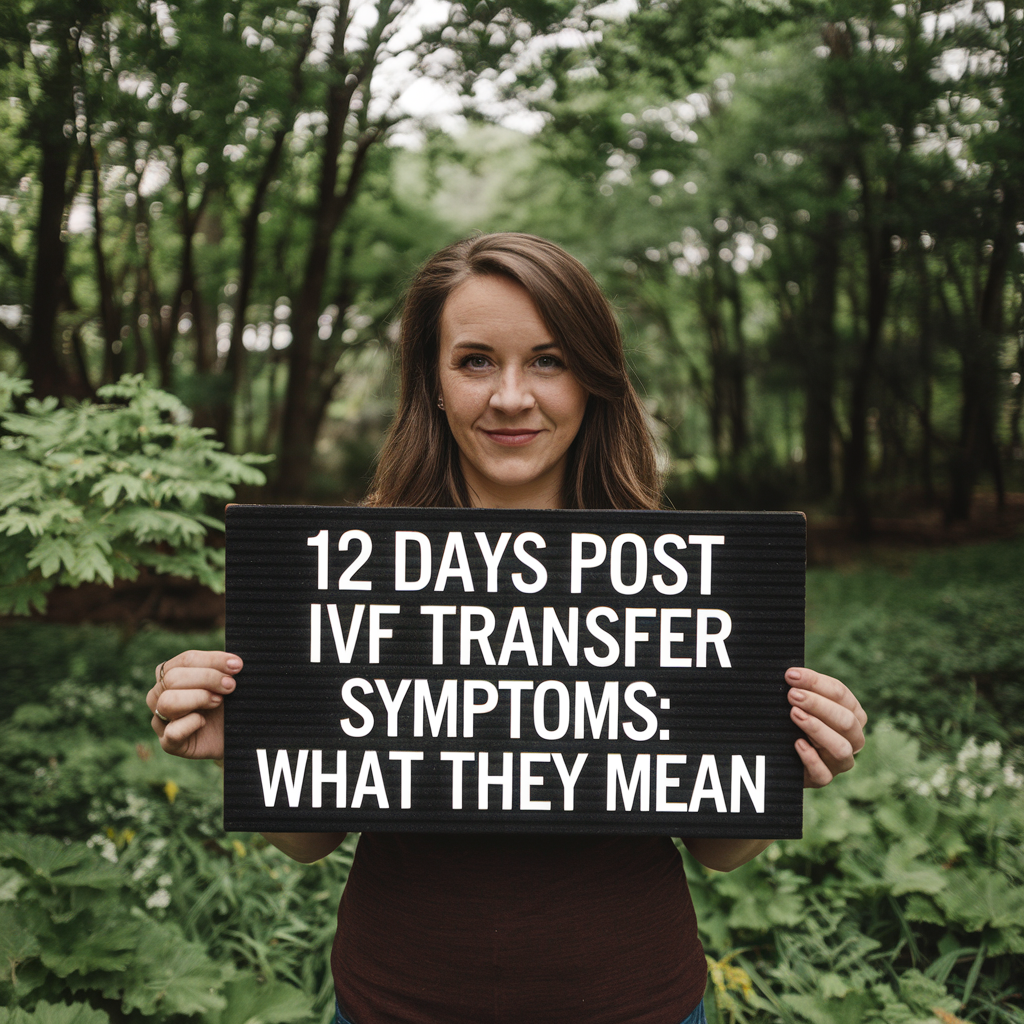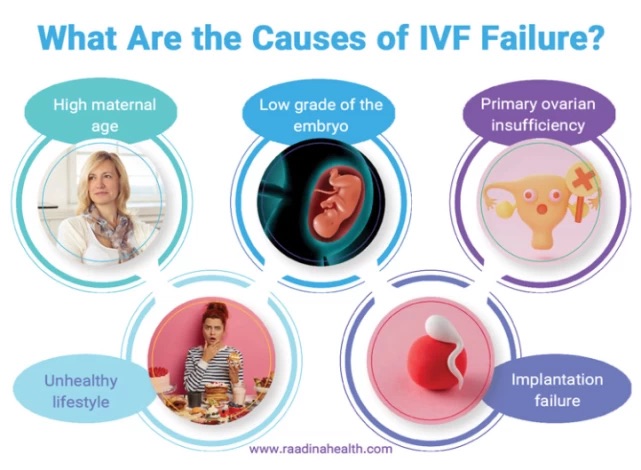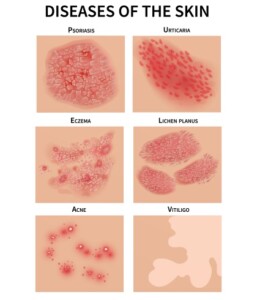The two-week wait after an IVF transfer can feel like the longest 14 days of your life. By the time you reach 12 days after IVF transfer, you’re likely analyzing every symptom, wondering if it’s a sign of success. While some symptoms might point to implantation, others could be related to medications or even your body’s natural response to the procedure.
This guide will help you understand what to expect 12 days after your IVF transfer, including common symptoms, signs of implantation success, and what might indicate a potential issue. Whether you’re hopeful or feeling anxious, this information can help make sense of what’s happening during this crucial time.

What Are the Symptoms of the Two-Week Wait After Embryo Transfer?
The two-week wait (2WW) after an embryo transfer is often filled with anticipation and uncertainty. During this time, your body may give subtle clues about whether implantation has occurred, but it’s important to remember that everyone’s experience is different.
Common symptoms during the 2WW include:
- Mild Cramping: A sign of implantation as the embryo attaches to the uterine lining.
- Spotting or Light Bleeding: Implantation bleeding typically occurs around 6–12 days after transfer but is not experienced by everyone.
- Fatigue: Hormonal changes, particularly from progesterone, can cause tiredness.
- Breast Tenderness: Often linked to increased hormone levels rather than implantation itself.
- Bloating or Gas: A side effect of progesterone or the IVF medications.
These symptoms can also mimic premenstrual signs or result from the medications used during IVF, making it tricky to interpret them. For a more detailed day-by-day breakdown of what to expect during the two-week wait, check out this helpful guide on after embryo transfer symptoms to better understand what your body might be telling you.

Symptoms 12 Days After IVF Transfer: What to Expect
By the time you reach 12 days after your IVF transfer, your body might be giving more noticeable signs of implantation success—or not. While no symptom guarantees a specific outcome, here are some common things you might experience:
Positive Signs to Watch For
- Light Spotting or Implantation Bleeding: A small amount of pink or brown discharge can be a good sign, but it’s not universal.
- Fatigue: Hormonal shifts, especially rising progesterone levels, can leave you feeling unusually tired.
- Mild Cramping: This could indicate the embryo has successfully implanted into the uterine lining.
- Breast Changes: Swelling, tenderness, or darkening of the areolas might be a response to rising hormones.
- Nausea or Food Sensitivity: These early pregnancy symptoms can begin this late in the two-week wait.
Symptoms That Might Be Unrelated
- Bloating or Gas: Often caused by progesterone supplements rather than pregnancy itself.
- Mood Swings: Hormonal changes can cause emotional ups and downs.
Even if you don’t feel any of these symptoms, it doesn’t necessarily mean the transfer was unsuccessful. For more insights into what could happen at this stage, visit this day-by-day guide for IVF symptoms to learn more about what others have experienced.
Staying hydrated during this time is essential for overall comfort. Consider using hydration powder packets to manage any bloating or fatigue you might be feeling.

How Soon After Embryo Transfer Can You Feel Sick?
Feeling sick, particularly nausea, can be one of the earliest signs of pregnancy, but it’s important to understand its timing in relation to an embryo transfer. Typically, nausea caused by pregnancy-related hormonal changes—often referred to as morning sickness—doesn’t begin until 2–3 weeks after implantation.
However, some individuals report feeling mild nausea earlier, potentially due to:
- Progesterone Supplements: These are often prescribed during IVF and can mimic early pregnancy symptoms.
- Anxiety or Stress: The emotional toll of the two-week wait may contribute to physical sensations like queasiness.
- Rising hCG Levels: In some cases, the embryo begins producing hCG hormone early enough to trigger mild nausea by the 12th day after transfer.
To ease nausea naturally, consider using ginger oil, which is known for its calming properties and effectiveness in reducing stomach discomfort.
If nausea is severe or persistent, it’s best to consult your doctor, as it may be related to medications rather than the IVF process itself.

What Are Symptoms of a Failed Embryo Implantation?
It’s natural to wonder about the signs of a failed embryo implantation, especially during the two-week wait. While it can be emotionally challenging, recognizing these symptoms can help set realistic expectations before taking a pregnancy test.
Possible Signs of a Failed Implantation:
- No Symptoms at All: While some women experience symptoms of implantation, their absence doesn’t always indicate failure, but it can be discouraging.
- Menstrual-Like Bleeding: Heavy bleeding similar to your period may suggest that the embryo didn’t implant. However, spotting or light bleeding can still be normal in successful pregnancies.
- Negative Pregnancy Tests: By 12–14 days post-transfer, a negative test is often a clear indication.
- Cramping Without Bleeding: Mild cramping is common in successful and failed cycles, but persistent or intense cramps without other pregnancy signs might suggest a lack of implantation.
It’s important to note that symptoms can vary greatly and are not always definitive. To better understand how symptoms progress or what might be normal at this stage, consult this guide to day 10 post-IVF transfer symptoms for additional context.
Remember, a failed embryo transfer doesn’t define your journey. Many women go on to have successful transfers in future cycles. If this happens to you, focus on self-care and consult your doctor about next steps.

How Do You Know If Your Embryo is Alive?
After an IVF embryo transfer, it’s natural to wonder how you can tell if the embryo is thriving. While there are no definitive at-home signs, medical testing provides the clearest answer.
Signs of a Healthy Embryo Post-Transfer:
- Rising hCG Levels: The most reliable indicator is a blood test that measures human chorionic gonadotropin (hCG). A steady rise in hCG suggests that the embryo has implanted and is developing.
- Pregnancy Symptoms: Tender breasts, nausea, or fatigue may indicate that the pregnancy is progressing, although these symptoms vary between individuals.
When to Consult Your Doctor:
- If you experience heavy bleeding or severe cramping, notify your healthcare provider immediately.
- Follow your clinic’s schedule for blood tests and ultrasounds to monitor the embryo’s progress.
It’s essential to avoid overanalyzing symptoms, as they can be influenced by IVF medications or natural hormonal fluctuations. For additional guidance, you can refer to this article on day-by-day IVF transfer symptoms to better understand what your body might be experiencing.
Remember, early pregnancy monitoring is key, and staying calm while trusting your medical team can help during this critical phase.

How Do You Know If Your Body is Rejecting the Embryo?
While it’s rare, the body may occasionally reject an embryo due to various factors, including hormonal imbalances, immune responses, or underlying health conditions. Recognizing potential signs of rejection early can help ensure timely intervention.
Symptoms That May Indicate Rejection:
- Heavy Bleeding: Bleeding heavier than a typical period may signal that the embryo failed to implant or was rejected.
- Severe Cramping: Intense and persistent abdominal pain, especially when paired with bleeding, warrants a call to your doctor.
- Lack of Rising hCG Levels: Blood tests that show little or no increase in hCG levels may indicate implantation failure.
What to Do if You Suspect Rejection:
- Stay in Contact with Your Doctor: Report symptoms like heavy bleeding or pain immediately.
- Focus on Self-Care: Minimize stress, rest, and maintain a balanced diet to support your body during this sensitive time.
- Monitor Your Symptoms: Spotting or mild cramping can be normal and isn’t necessarily a sign of rejection.
Understanding how your body responds during the two-week wait is vital, but it’s important not to jump to conclusions without medical confirmation. For more information on symptoms to watch for during this phase, explore this guide to managing post-IVF symptoms for reassurance and advice.
Rejection isn’t a definitive end to your journey; advances in IVF can help address underlying issues in subsequent cycles.

Can I Get Pregnant Naturally After a Failed Embryo Transfer?
Yes, it is possible to conceive naturally after a failed embryo transfer. While IVF provides a controlled way to address infertility, many individuals go on to conceive without medical intervention, depending on their underlying fertility issues.
Factors That Influence Natural Conception:
- Cause of Infertility: If the primary issue was related to egg quality, sperm count, or tubal factors, natural conception may still be challenging. However, if the problem was unexplained infertility, the chances may be higher.
- Your Age and Health: Younger individuals with good overall health are more likely to conceive naturally after a failed IVF cycle.
- Timing and Ovulation: Tracking ovulation and maintaining regular intercourse can boost the odds of success.
What to Do After a Failed Transfer:
- Emotional Support: Coping with a failed transfer can be tough, so focus on rebuilding emotional resilience. Lean on your partner or read uplifting love messages to strengthen your bond during this time.
- Consult Your Doctor: Discuss your options and explore whether natural conception or another IVF attempt is more viable for your situation.
Many couples find success in subsequent IVF cycles or conceive naturally between treatments. Every journey is unique, and staying hopeful while seeking the right support can make all the difference.

How Soon After a Failed Embryo Transfer Can I Try Again?
After a failed embryo transfer, it’s natural to wonder how quickly you can attempt another cycle. The timing depends on both physical and emotional readiness, as well as your doctor’s recommendations.
General Guidelines for Timing:
- Frozen Embryo Transfers (FET): If you have frozen embryos remaining, you may be able to try again as soon as your next menstrual cycle. Frozen transfers require less hormonal preparation than fresh cycles, allowing for a quicker turnaround.
- Fresh Cycles: If you need to start a new stimulation cycle, your doctor may recommend waiting 1–3 months to allow your body to recover.
Factors to Consider Before Trying Again:
- Emotional Health: Taking time to process the outcome is important. A failed transfer can be emotionally taxing, and being in a positive mindset can improve your experience during the next attempt.
- Physical Recovery: Ensure that your hormone levels, uterine lining, and overall health are optimal before proceeding.
- Doctor’s Input: Consult your fertility specialist to evaluate any changes in your protocol to improve the chances of success.
While waiting can feel frustrating, the time allows you to prepare mentally and physically for your next steps. If you’re dealing with emotional stress or uncertainty during this period, consider exploring relaxing routines or supportive practices to boost your well-being.

Practical Tips for the Two-Week Wait
The two-week wait after an embryo transfer can be emotionally intense, but there are ways to make this period more manageable. Here are some practical tips to help you navigate the waiting game:
Focus on Self-Care
- Get plenty of rest to help your body recover and prepare for potential pregnancy.
- Stay hydrated with water or electrolyte solutions; consider using hydration powder packets for added convenience.
- Incorporate light activities like walking or yoga to reduce stress without overexerting yourself.
Avoid Overanalyzing Symptoms
- Symptoms like cramping, fatigue, or bloating can be caused by medications or the transfer process itself, so try not to read too much into them.
- Remember that every person’s experience is unique, and a lack of symptoms doesn’t necessarily mean failure.
Stay Busy
- Distract yourself with enjoyable activities, such as reading, cooking, or spending time with loved ones.
- Avoid excessive internet searches about symptoms to prevent unnecessary stress.
Maintain Open Communication
- Stay in close contact with your fertility clinic for support and guidance.
- Share your feelings with your partner or trusted friends to lighten the emotional load.
Patience is key during the two-week wait, and taking proactive steps to care for your physical and mental health can make the experience more manageable. For additional tips on managing stress and physical discomfort, explore proven solutions for refreshing relief during this critical time.
As an Amazon Associate we earn from qualifying purchases through some links in our articles.




